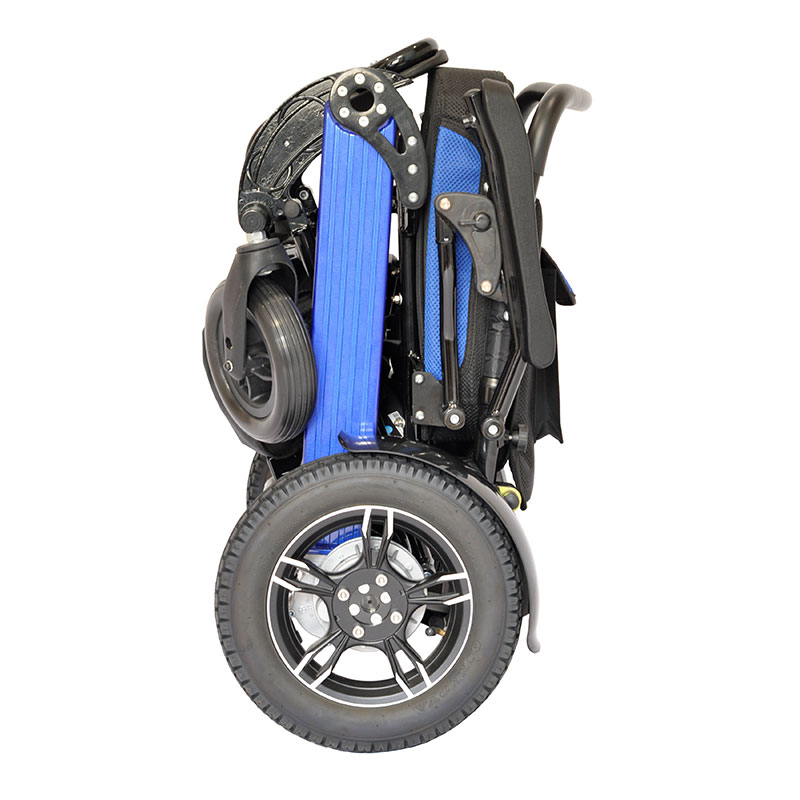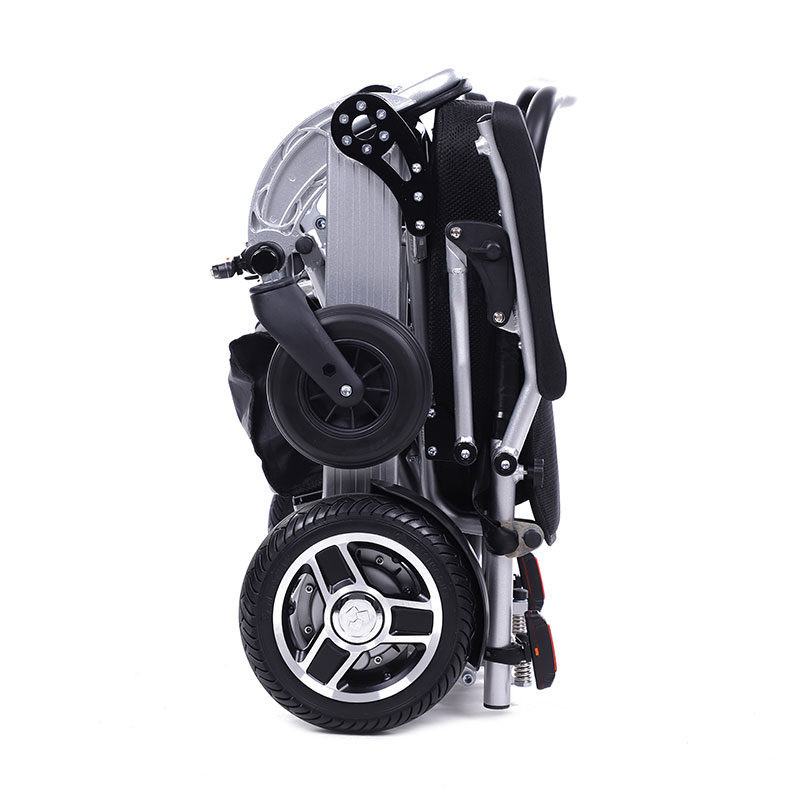
Moreover, similar outcomes were observed in work by Griggs et al. ( 15) found that when the metabolic heat production was similar among athletes with cSCI, paraplegia, and non-SCI, those with cSCI displayed the greatest compromised sweat response. That said, if heat production exceeds heat dissipation, one will experience increases in core body temperature and decrements in physiological performance ( 13, 14). As such, while level of injury can influence ones' ability to regulate body temperature, people should also be mindful that athletes without SCI's may also experience heat strain.ĭuring exercise, metabolic energy is converted to one of two forms, mechanical energy to perform external work (20–30%), or thermal energy to produce heat (70–80%) ( 12). Wheelchair rugby (WCR) is an intermittent contact sport ( 1) which spends most time at low speeds (39.3☌) which were sustained for 10–25 mins over multiple games. Furthermore, peak speeds obtained on-court were linked to overall movement time which suggests athletes should warm-up before going on court. The relationship between peak forward speed and total movement time was strong ( p = 0.021, r = 0.68).Ĭonclusion: This study demonstrated that the time spent in absolute movement zones is not classification dependent, the change in core temperature is related to movement time per quarter. There were no differences among classification in total movement time ( p = 0.169) or for speed in Zone 1, Zone 2, or Zone 3 ( p > 0.05). Moreover, there was a strong and significant relationship between minutes (min) played per quarter of the game and change in T gi ( r = 0.36, p = 0.01). Results: The mean maximal T gi was 38.6 ± 0.6☌ (37.9–39.7) and did not significantly differ among Low-Class, Mid-Class, and High-Class athletes ( p > 0.05).
#FRONT MISSION 2 MOBILITY SERIES#
Testing occurred during a four game series against international competition (temp 24.7 ± 0.7☌, relative humidity 50.1 ± 3.6%), with movement time (MT) and gastrointestinal temperature (T gi) recorded continuously.

Methods: Eleven male National Team WCR players volunteered for the study. Objective: To determine the thermoregulatory responses and mobility performance of wheelchair rugby (WCR) players during international competition.


1Faculty of Science, Ontario Tech University, Oshawa, ON, Canada.


 0 kommentar(er)
0 kommentar(er)
